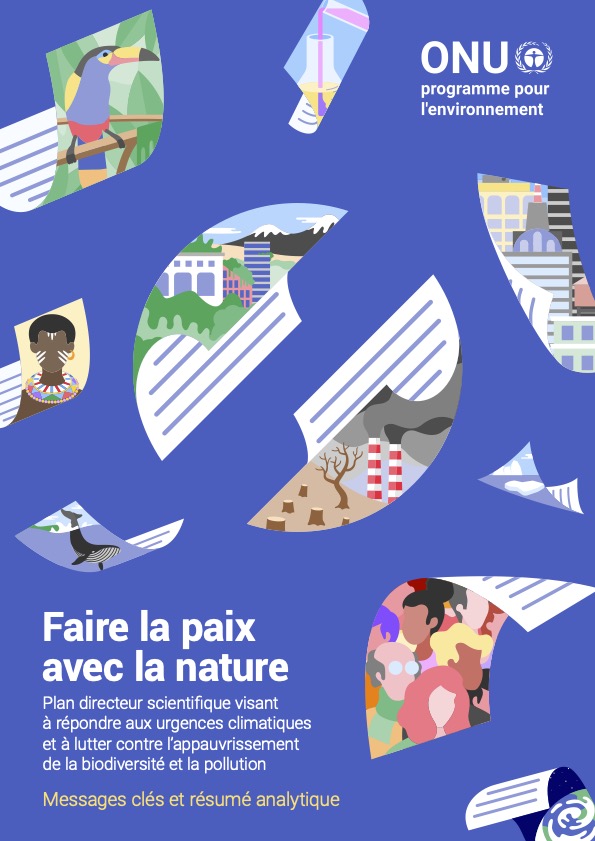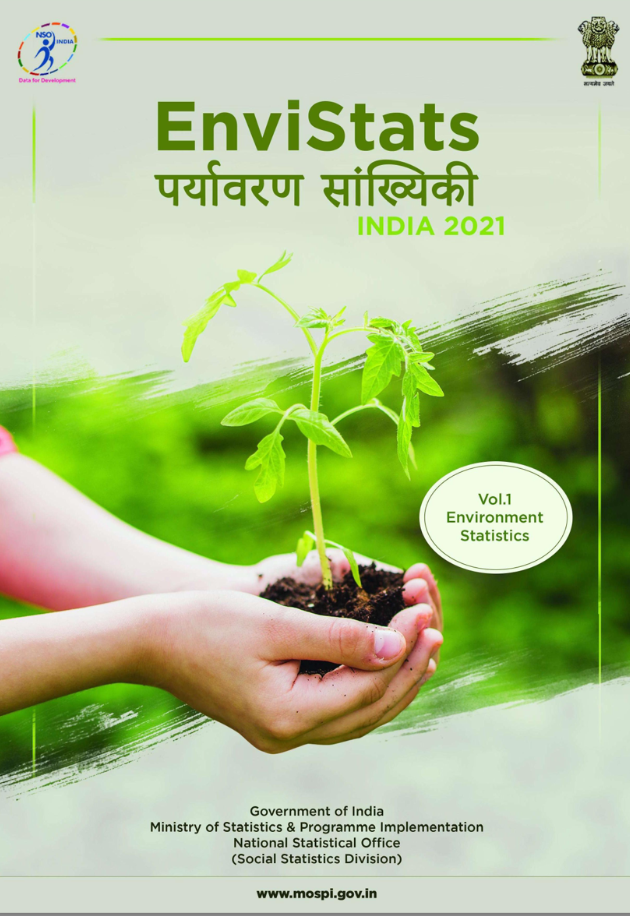Expériences du quota et de l'accès collectif dans le delta de la vallée du fleuve Sénégal
Le phénomène d’ATGE gagne l’ensemble du Sénégal, privant les communautés de leurs droits fonciers, des principaux moyens d’existance. L’IPAR, en partenariat avec le CNCR et aGter, a bénéficié d’un appui financier du CRDI pour exécuter ce projet de recherche- action participative et collaborative.
Ce projet évalue des initiatives mises en œuvre et analyse du contexte global de trois communes, situées dans trois zones agro-écologiques : bassin arachidier, Niayes et vallée du fleuve Sénégal, afin de :





